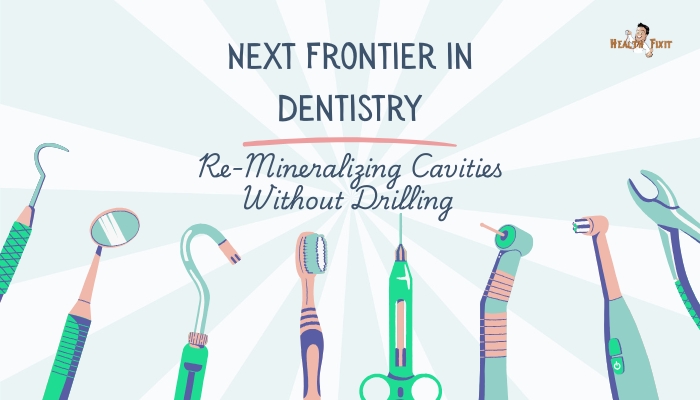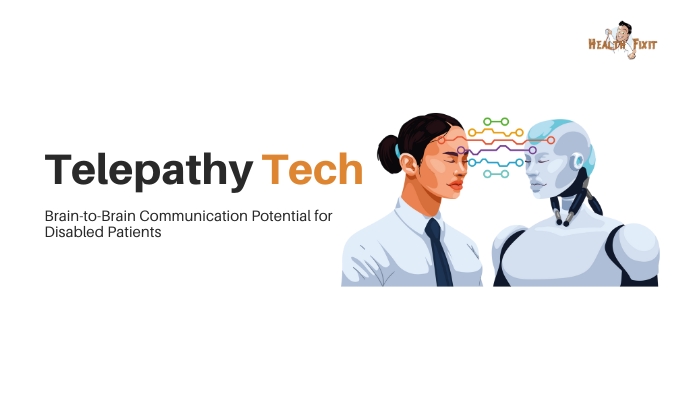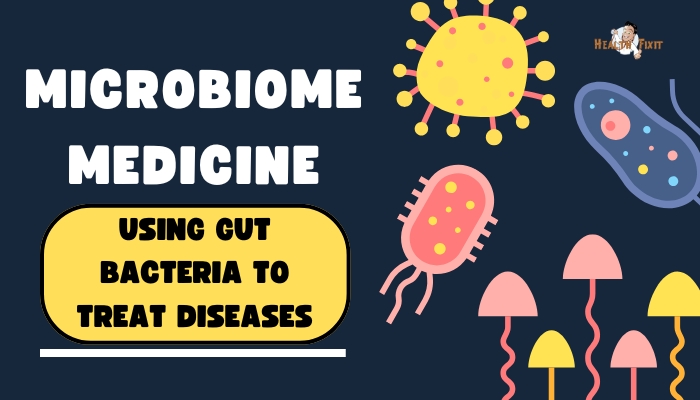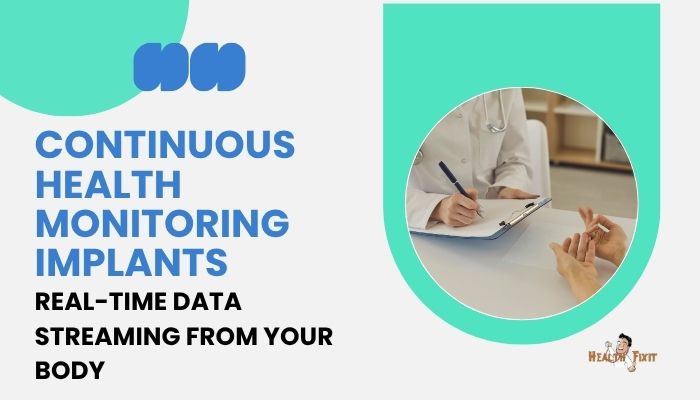Introduction
For decades, the standard approach to a cavity (dental caries) has been to drill out the decayed portion of the tooth and fill the hole with amalgam or resin
. But new research suggests that non-invasive methods—re-mineralizing early-stage cavities—might let teeth heal naturally,
bypassing drills and fillings. This emerging field leverages bioactive substances, lasers, and special toothpaste or gels that feed minerals back into the tooth structure.
For many patients, this could mean less discomfort, fewer aesthetic worries, and a more natural approach to preserving healthy teeth.
Here’s a closer look at how next-generation dentistry aims to fix cavities without the dreaded sound of a dental drill.
Traditional Filling Limitations
The Invasive Nature of Drilling
Dentists have long used drills to remove decayed areas. While effective in halting further decay, drilling also removes some healthy tissue
. Post-drilling, the tooth receives a filling or crown, which can degrade over time or require replacement.
Risk of Fillings
Even well-placed fillings can chip, crack, or allow new caries at margins. Large fillings structurally weaken teeth. Additionally, some patients have concerns about materials (like mercury in amalgams), though modern composites are commonly used now.
The Shift to Conservation
Minimally invasive dentistry seeks to preserve as much natural tooth as possible. Early detection of cavities plus new re-mineralization methods open the door to sealing or regenerating tooth enamel before a full cavity forms, avoiding that cyclical drill-and-fill approach.
Methods for Re-Mineralization
Bioactive Toothpaste and Rinses
Some advanced formulations contain calcium-phosphate complexes or fluoride in bioavailable forms (like nano-hydroxyapatite). When applied regularly, they deposit minerals into micro-lesions, rebuilding enamel or dentin. Typically effective for superficial demineralization or incipient cavities.
Peptide and Protein Gels
Research teams develop self-assembling peptide gels that infiltrate lesions. Once inside, peptides attract calcium and phosphate ions, crystallizing into a structure akin to natural enamel. This approach could treat deeper or early dentin-level caries, spurring in-situ tissue repair.
Specialized Sealants
Some sealants contain casein phosphopeptide-amorphous calcium phosphate (CPP-ACP), releasing minerals over time. This technique is especially beneficial for high-risk patients—like children or those with special needs—to safeguard teeth from further decay.
Lasers and Non-Invasive Therapies
Laser-Assisted Enamel Hardening
Certain dental lasers (e.g., erbium lasers) can photothermally treat enamel, reorganizing its crystal structure to resist acid attacks. Combined with re-mineralizing solutions, lasers enhance infiltration and create a more acid-resistant surface.
Ozone and Antimicrobial Approaches
Some practitioners use ozone gas to kill bacteria in early carious lesions. Then, re-mineralization solutions follow to rebuild the tooth. Though evidence is mixed, it exemplifies the push toward less invasive ways to disinfect and heal teeth.
Ultrasound Stimulation
Experimental prototypes use low-frequency ultrasound to accelerate natural mineral deposition in tooth tissues. Preliminary studies suggest ultrasound might agitate fluid in tubules, aiding movement of mineral ions into the lesion.
Advantages for Patients
Pain-Free Procedures
Without drilling, the experience is more comfortable. Re-mineralizing gels or laser therapies can be nearly painless, reducing anxiety for those who dread the dentist’s chair.
Preservation of Natural Tooth
No filling material is truly permanent. By restoring the tooth from within, the tooth structure remains intact, prolonging overall tooth health and function, and possibly averting future replacements.
Potential Cost Savings Over Time
Although some advanced re-mineralization solutions might cost more upfront, patients could avoid repeated procedures or crowns down the line. Over a lifetime, a tooth preserved naturally might be cheaper than multiple fillings or crowns.
Limitations and Considerations
Effective on Early Lesions
These therapies generally work best when decay is superficial, not heavily advanced. Once a large cavity forms, the structural integrity is compromised—requiring conventional restorations. So early detection is crucial.
Patient Compliance
Re-mineralizing routines (like applying special gels or rinses) require consistency. Many therapies rely on daily or weekly use. Lack of compliance can hamper results. Some in-office treatments also need follow-ups.
Mixed Evidence in Some Methods
While certain products boast promising results, extensive clinical trials or long-term data are lacking. Dentists must rely on the most up-to-date, peer-reviewed research to guide which re-mineralization technique is truly effective.
The Future of Cavity Care
AI-Guided Early Detection
For better outcomes, scanning for micro-lesions earlier is key. AI integrated with advanced imaging (like near-infrared transillumination or laser fluorescence) can spot sub-enamel demineralization well before cavities form, letting re-mineralization protocols kick in promptly.
Personalized Caries Prevention
As genetic or oral microbiome insights expand, we might tailor re-mineralizing regimens to each patient’s unique risk profile—selecting specific peptides or remin formulas. This synergy ensures the best chance at halting caries at the micro-stage.
Over-the-Counter Evolution
One day, drugstore aisles might stock a variety of robust re-mineralizing kits for at-home usage. Combined with remote monitoring by a dentist, the world could see fewer drilled fillings overall, shifting dentistry from “repair” to “maintenance.”
Practical Guidance for Patients
- Catch Cavities Early: Regular dental exams and modern imaging help detect incipient lesions. The earlier the detection, the easier the re-mineralizing path.
- Ask About Non-Drilling Options: Not all dentists adopt these therapies yet; inquire if your cavity qualifies. If so, discuss the regimen, success rates, and necessary compliance.
- Maintain Good Oral Hygiene: Even with advanced re-mineralizers, basic brushing, flossing, and reducing sugary snacks remain fundamental. Good habits bolster any treatment.
- Stay Informed: As more clinical evidence emerges, new re-mineralization products or laser treatments may become mainstream. Follow reputable dental sources for updates.
Conclusion
Re-mineralizing cavities without drilling—once an ideal scenario—edges closer to reality. Through specialized gels,
advanced sealants, laser interventions, and future AI-based detection, dental care is shifting from drilling and filling to non-invasive restoration.
While these solutions still flourish mainly in early-stage caries, expanded research, patient adherence, and better detection can spare countless people from the dreaded drill
. Ultimately, tomorrow’s dentistry may revolve more around preserving and rejuvenating natural tooth structure—achieving a healthier,
pain-free approach to oral care that highlights prevention and minimal intervention above all.
References
- Reynolds EC. Calcium phosphate-based remineralizing systems: scientific evidence for clinical efficacy. Adv Dent Res. 2009;21(1):30–34.
- Dorozhkin SV. Biphasic, triphasic and multiphasic calcium orthophosphates. Acta Biomater. 2012;8(3):963–977.
- Angmar-Månsson B, Ten Bosch JJ. Optical methods for the detection and quantification of enamel caries. J Dent Res. 2001;80(8):1338–1342.
- Pitts NB, Zero DT, Marsh PD. Dental caries. Nat Rev Dis Primers. 2017;3(1):1–16.
- Peterson SN, et al. The microbiology and potential of re-mineralization therapies. Curr Oral Health Rep. 2019;6(4):286–292.
- Selwitz RH, Ismail AI, Pitts NB. Dental caries. Lancet. 2007;369(9555):51–59.
- Neuhaus KW, et al. Minimally invasive treatment options for caries. Dent Clin North Am. 2019;63(4):621–635.
- Huynh K, Loughrey M. Laser-based therapies for caries prevention and enamel re-mineralization. J Laser Dent. 2020;28(4):208–214.
- Featherstone JD, Doméjean S. Minimal intervention dentistry: part 1. From ‘compromised caries’ to healthy lifestyles. Br Dent J. 2018;224(3):163–167.
- Falster CA, et al. Minimally invasive dentistry: A sub-culture revolution in the profession. Int Dent J. 2021;71(1):60–71.





